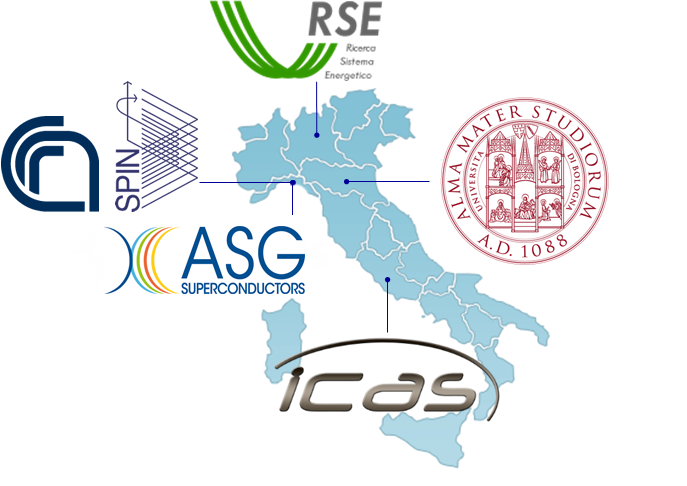

ASG Superconductors has excellent skills in the design, development, production, installation and testing of superconducting and resistive magnetic systems, cryogenic systems, resonant cavities, solenoids and superconducting coils, cyclotron magnets and components for custom applications.
With the emerger of two italian companies, Columbus Superconductors and Paramed, the Asg competences have been expanded to the manufacturing of superconducting wires and to the medical systems.
In particular, the main corporate structures responsible for R&D activities refer to:
- modelling, design and manufacturing of superconducting magnets and cryogenics system;
- production and characterization of MgB2 wires;
- test of cryogenic and supply systems;
- monitoring instrumentation (data acquisition systems)
- Electrical, dimensional, hydraulic, pressure and final vacuum testing systems.
Among the main control and verification procedures carried out by the company there are all the electrical tests at room temperature (earth insulation, loop insulation, etc.), leak tests with helium leak detection, magnetic field mapping, measurement of field harmonics. It is also possible to carry out highly precise three-dimensional measurements with the aid of a laser tracking system capable of measuring objects up to 40 m in size with centesimal accuracy. Furthermore, the presence of a liquid helium refrigeration system of almost 100 l / h of capacity allows the company to test, if necessary, all the superconducting magnets produced at operating temperatures.
The people involved in the project are physicists, engineers, technical and production personnel with proven experience and highly qualified to carry out the activities in question. Their skills range from defining the characteristics of superconducting wires to the magnetic and cryogenic design of coils and interfacing with control electronics, as well as winding activities, assembly of the magnetic system and tests.
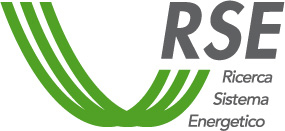
RSE spa - Transmission and Distribution Technologies Department (TTD)
Department Mission: to perform research and testing activities on electrical components of the network, through the development of advanced diagnostics, extended service life and operating conditions of the existing components, comparative analysis of technologies, study, development and characterization of novel electrical components and control and communication systems that can potentially enhance the evolution of the electrical network in order to increase the flexibility, security and efficiency.
The research groups involved in the project are mainly focused on:
- development and characterization of applicable technologies in the smart grids, with particular reference to the power electronics, automation and protection systems.
- study, development and characterization of innovative components for the electrical system, study and testing of technologies and advanced methods to increase the performance of existing network components.
and the fields of activity are:
- Evaluation of the use of innovative technologies for smart grids, with particular reference to the application of power electronics (converters, inverters) for interfacing to the power generators from renewable sources and energy storage systems.
- Study and experimentation of the distribution networks in DC.
- Management and development of the monitoring system at national level of the power quality on the MV network, set up of advanced performance indicators (quality of supply).
- Design, realization and testing of components and innovative materials for the electrical system, with particular reference to line conductors and high-temperature superconducting devices.
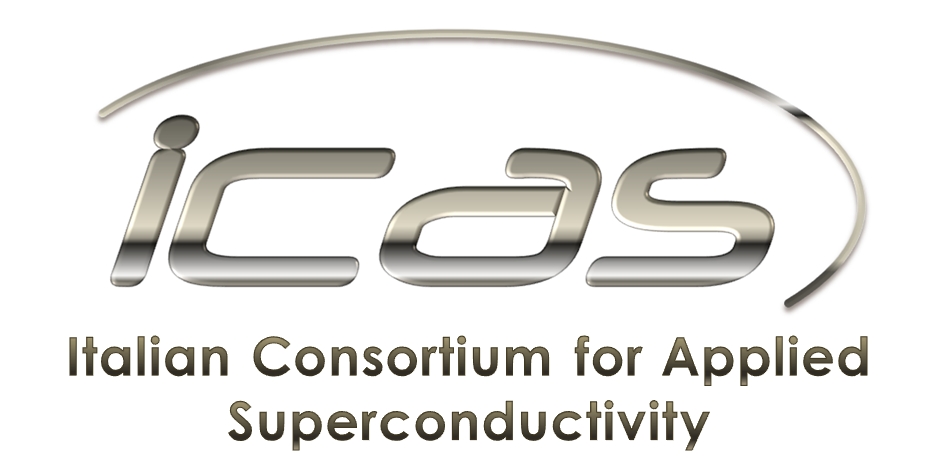
The company ICAS (Italian Consortium for Applied Superconductivity) is a partnership between ENEA (Italian National Agency for New Technology, Energy and Sustainable Economic Development) and the two industrial companies TRATOS Cavi S.p.A. and CRIOTEC Impianti S.r.l.
Their synergic expertise in Superconductivity, power engineering and Cryogenics, covers the design, manufacturing and testing of superconducting devices for nuclear fusion reactors and high-energy physics, as well as for many other applications.
The activity of ICAS is focused on design, R&D and production of superconducting power devices, in particular of cables and coils, and on the High Tech engineering consulting.
ICAS is a leader in LTS cables production, mainly for nuclear fusion magnets and research facilities. It is also involved in the development and manufacturing of HTS and MgB2 cables and small-to-medium size coils. A focus is on energy storage systems and high tech power applications.
Products
Superconductivity: a uniquely large superconducting cable and cable-in-conduit-conductors zoo, small to medium size magnets, bus-bars and links, current leads, power distribution cables, and generators for renewable energy production.
Cryogenics: transfer lines, valve boxes, cryostats and climatic chambers for low temperatures (down to 10K), High Vacuum systems, purging units, LOx samplers, LN2 converters, space simulation chambers, experimental test benches and technical gas distribution panels for space modules and related equipment for pneumatic, hydraulic and helium leak test."
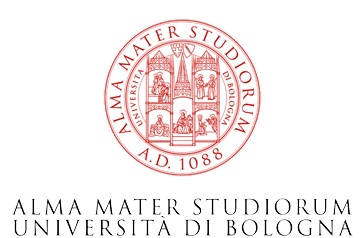
The actvity of the University of Bologna (UNIBO) concerning the DRYSMES4GRID project are carried out at the following laboratories :
LIMSA, Laboratory of Magnet Engineering and Applied Superconductivity
The LIMSA has an established experience in the development of power superconducting device and high field magnets (for high-energy physics and nuclear fusion). The research activity of the LIMSA has been carried out within several research programs and collaborations with industries and national and international research institutions. The research has concerned the development of SMES devices based on low temperature superconductors, the development of SC magnets for MHD energy conversion, the experimental investigation and the modelling of superconducting fault current limiters, the numerical and experimental study of quench behavior of superconducting tapes and coils (both HTS and MgB2), the analysis of the interaction of superconducting devices with the power system and the development of innovative high efficiency industrial processes based on the use of superconductors and/or permanent magnets.
Solartronic-Lab, Laboratory of Photovoltaic energy conversion and Power electronic circuits
The SOLARTRONIC-Lab includes a research laboratory of about 25 m^2 at ground floor, an office with 4 work stations for master/PhD students, and a solar terrace with different PV modules with the possibility to change their arrangement. The research activities at the SOLARTRONIC-Lab are generally realated to the photovoltaic energy production and conversion by power electronic converters, with particular reference to: low-concentration photovoltaics, electric characterization of solar cells, PV module, and PV fields, sun radiation simulators with LED and hybrid technologies, maximum power point tracking algorithms (MPPT), dc/dc and dc/ac converters for stand-alone and grid-connected PV systems, multiphase and multilevel dc/ac converters, new conversion topologies for switching and resonant converters, high power dc/dc choppers for fast charge of EV batteries.
View UNIBO people involved in the DRYSMES4GRID project
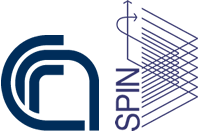
Spin (SuPerconducting and other INnovative Materials and devices) was born in 2010, assembling in a single Institute of the National Research Council (Cnr) research groups working on materials science in Genoa, Naples, Salerno, L'Aquila, and Rome. SPIN is an important and recognizable scientific institution, with headquarters in Genoa and branch offices in the aforementioned cities: SPIN brings together more than 200 people, including staff researchers, associate researchers, and technical and administrative support staff and trainees. SPIN is therefore a Cnr Institute with appreciable critical mass. The Institute is affiliated to the Department of Physical Science and Technologies of the Matter (DSFTM), a Cnr Department with a high degree of internationalization.
The scientific work done at SPIN is characterized by a multidisciplinary approach that devotes much care and attention to the relationship between basic research and the application potential; many of the scientific activities are concentrated on key enabling technologies (Kets). SPIN has its scientific mission focused on innovative materials, superconductors, oxides, and hybrid nanostructured materials. The activities range from basic experimental and theoretical studies on magnetic and superconducting materials, strongly correlated oxides, and other innovative materials. Relevant issues are material preparation (bulk, single crystals, thin films, multilayers, and epitaxial superlattice), material characterization based on the radiation-matter interactions and electronic transport properties measurements in the presence of high external fields. Moreover, SPIN researchers deal with sensors, micro/nano superconducting electronic devices (for quantum computation and other applications), electronic devices based on oxides ("oxide electronics") and organics ("organic electronics”). They also develop superconducting cables and tapes for power applications in the fields of biomedicine, energy, and high energy physics.
SPIN draws most of its research budget from projects related to national and international calls; in particular, on applied superconductivity, SPIN has acquired a large number of projects in collaboration with the most prestigious research organizations and industries in the sector.

